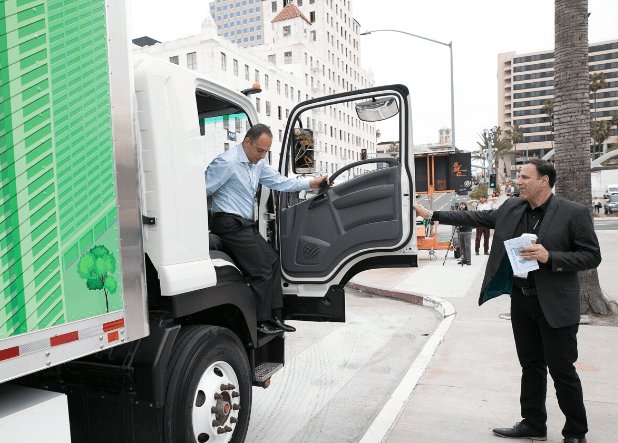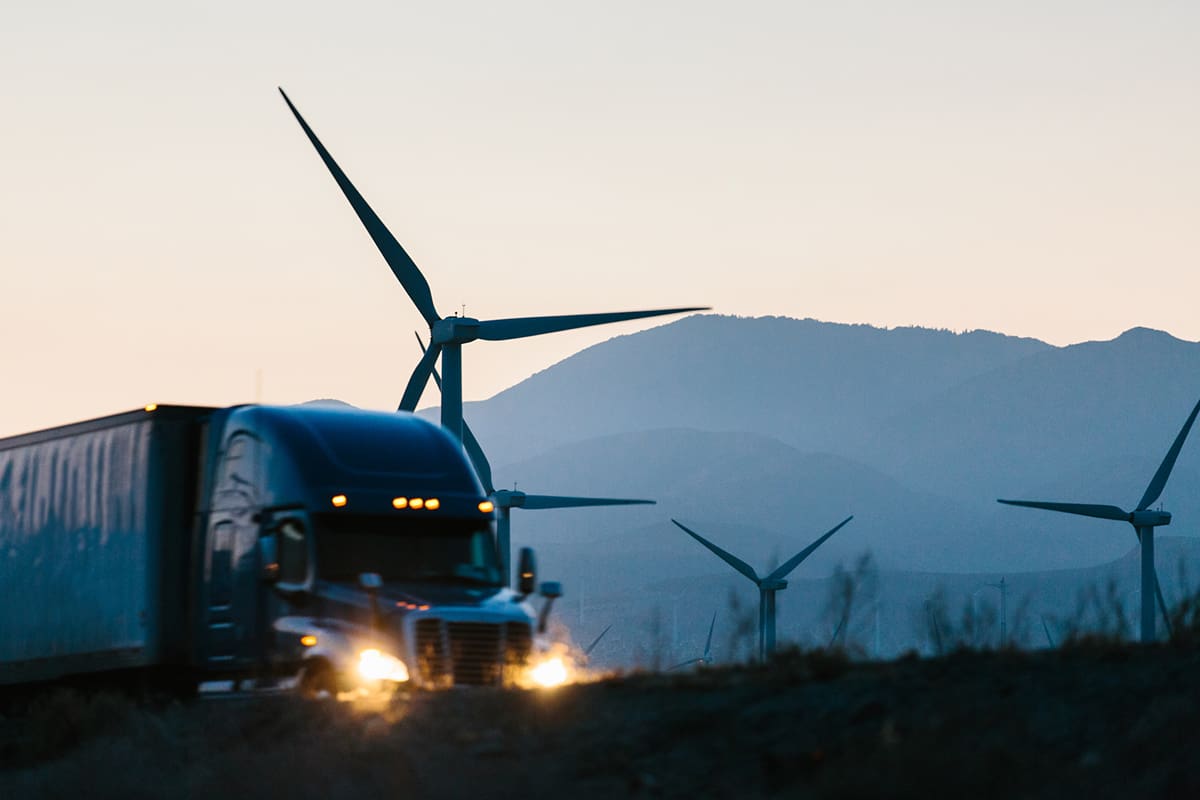
- News Story
Electric Trucks And Sustainability: A Lot To Consider
April 3, 2020
Source: Forbes
Companies pursue sustainability initiatives to appeal to green consumers, to protect their brand, and to cut costs. The main sustainability initiative many companies engage in is reducing their energy footprint. These are nice projects; they reduce costs while protecting the brand.
Many companies publish annual sustainability reports where publish their energy reduction goals, sometimes aggressive goals, to be attained over multiple years – often they are five-year or ten-year goals. Then every year they report on how they are progressing toward their goal.
When it comes to transportation, the best starting point is to reduce empty miles by filling trucks fuller, through better routing, and by developing a more optimal network. Transportation management systems (TMS) have a robust ROI that is derived, in large part, by their ability to optimize transportation.
But if a company has aggressive energy goals in transportation, a TMS will only take them part way there. At this point, companies may consider purchasing clean transportation vehicles – electric, compressed natural gas (CNG), or hydrogen vehicles – or tendering loads to carriers that operate clean fleets.
Electric trucks have limited ranges. But as increasing numbers of warehouses are built close to metropolitan areas to support rapid ecommerce service models, electric vehicles are the preferred clean vehicle choice for “last mile” deliveries.
But achieving energy goals in transportation by buying electric fleets is not as simple as it sounds. There is a lot more planning involved than you might imagine. Joffrey Wilson, a Director of Strategy and Market Development at Mortenson, spoke on this topic at ARC Advisory Group’s annual digital technology conference in February. Mortenson is a top North American builder, developer and provider of energy and engineering services. They have a practice focused on building out electric vehicle infrastructures for mass transit authorities. While this article is focused on vehicles that move freight, not people, the concepts are the same.
Cost savings are not guaranteed. Electric vehicles have a higher initial cost, but Mr. Wilson points out, “over the lifetime of the vehicle, there’s potential for cost savings.” A warehouse often won’t have enough capacity on-site to support hundreds of chargers. To support additional electricity, companies may need new or upgraded transformers and switchgear. In many cases, shippers will also explore onsite solar generation to support the need for additional electricity.
How much must be spent on the enhanced infrastructure helps determine whether there will be cost savings with the electric trucks. Mortenson did a survey at the Advanced Clean Transportation (ACT) Expo. They asked, “Which barrier do you think will create the most challenges in terms of transitioning to clean technology vehicles?” 48% of fleet owners responded that infrastructure was the leading barrier. 24% said the vehicle purchase price; 16% said financing. Finally, 12% said changes to operations (including concerns about vehicle range).
Companies hire engineering, procurement, and construction (EPC) firms to do the ROI analysis, design the infrastructure, and then build it. “The utilities are part of the equation,” Mr. Wilson explained. They are a “key stakeholder because there’s potential revenue streams” that may entice the utility to pay for that electric vehicle charging infrastructure. The enticement comes in the form of an agreement to pay ongoing operations fees. These may take the form of dollars per vehicle or dollars per kilowatt. In short, the company reduces upfront costs, but they are paying additional fees for the charging service over time.
EPC firms have expertise in a wide variety of critical activities. A partial list includes things like developing the business case, stakeholder, scalability planning, specialized construction expertise related to charging infrastructures, and risk management. Even if a site needs limited infrastructure upgrades, the project will take 6 to 9 months. With major upgrades, a company is looking at a project that can take as long as two years. And that two-year timeline assumes it is a well-run project where many design/build activities proceed in parallel rather than in sequence.
Mr. Wilson finished his remarks by mentioning a few best practices. “Number one, planning up front. Making sure infrastructure is part of the discussion as soon as you start to talk about vehicle electrification.” Also, utility engagement is key. They are a key stakeholder. “In some areas, utilities have the ability to own and operate infrastructure. In some cases, they have incentives. In some cases, you need to figure out how long is it going to take to get the power that you need on-site, and the utilities are part of all those different equations.”



